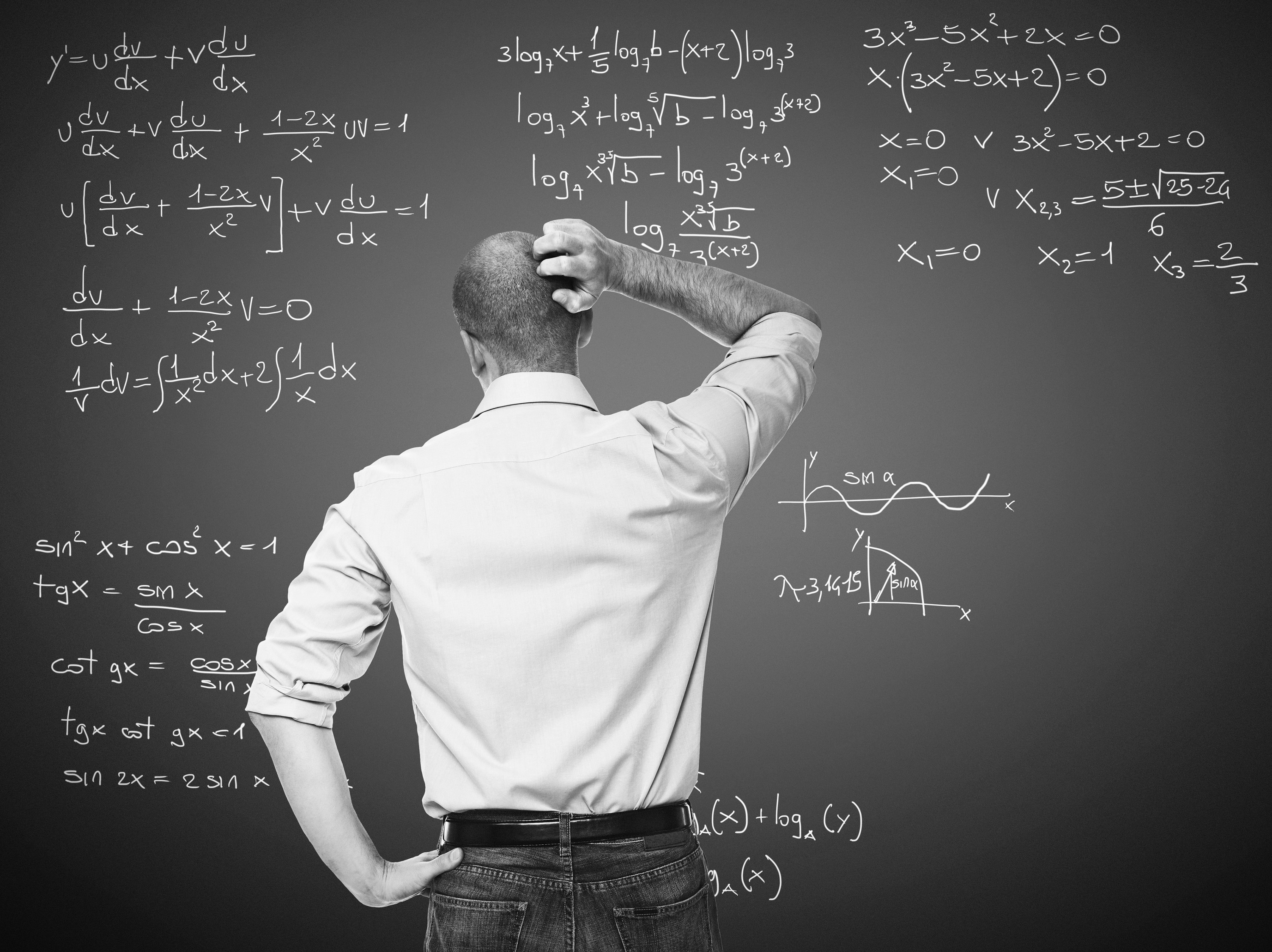On the path to higher education, many students, even those in grade school, struggle with math at some point along the way. Deficiencies can arise at any point in a student’s education for a number of reasons. Many students struggle because of the environment in which they live. Others might struggle due to a learning disability or inadequate schooling.
According to a study published by PBS’s “Misunderstood Minds,” students usually struggle with one of six skills when it comes to math comprehension.
The first difficulty arises in output. Students with problems in output may have trouble recalling basic math facts and remembering previous mathematical patterns. Students in this category might also have a problem with their handwriting that impacts how quickly and efficiently they can do the math problems.

Problems can also arise in mathematics if a student struggles with language. This can result in poor verbal communication of math vocabulary and difficulty understanding directions.
Attention deficit disorders also effect students studying mathematics, leading to poor concentration, fatigue, or restlessness.
Visual, spatial, and ordering difficulties can be seen when students have trouble remembering multi-step processes or feel overwhelmed when handed a sheet with multiple problems to solve.
Lastly, a student that has trouble multi-tasking will have difficulties when it comes to math problems that have multiple demands, like adding and then multiplying in the same equation.
“Mathematical learning disabilities and learning difficulties associated with persistent low achievement in mathematics are common and not attributable to intelligence,” concluded David C. Geary, professor at the University of Missouri, in his study titled “Consequences, Characteristics, and Causes of Mathematical Learning Disabilities and Persistent Low Achievement in Mathematics.” “These individuals have identifiable number and memory delays and deficits that appear to be specific to mathematics learning. The most promising interventions are those that target these specific deficits and, in addition, for children with mathematical learning disabilities (MLD), interventions that target their low working memory capacity.”
These deficits are not just seen in children, according to Geary’s research.
“Poor mathematical competencies are common among adults and result in employment difficulties and difficulties in many common day-to-day activities,” continued Geary. “Among students, about 7% of children and adolescents have a mathematical learning disability (MLD) and another 10% show persistent low achievement (LA) in mathematics despite average abilities in most other areas. Children with MLD and their LA peers have deficits in understanding and representing numerical magnitude, difficulties retrieving basic arithmetic facts from long-term memory, and delays in learning mathematical procedures. These deficits and delays cannot be attributed to intelligence, but are related to working memory deficits for children with MLD, but not LA children.”
With MLD impacting career outcomes, it is important that students and parents seek early intervention if any signs are present that a child has a hard time learning math.
“Many children perceive mathematics as a subject confined strictly to mathematics class and homework,” said Bettina E. Bernstein, D.O. “Early remediation of mathematical learning disorder is crucial to ensure the child’s recognition of mathematics’ significance not just in the classroom but also in everyday life. Based on the new information available for reading disorders (RDs), new strategies designed for educators to guide and help nonperforming students improve are available.”
Most of these strategies for nonperforming students can easily be done right in the classroom.
One way to help students is by getting them a tutor or getting them enrolled in a school funded program designed for children who need extra attention in certain academic areas. A tutor or trained professional will be able to see a student’s strengths and exploit those to make the learning of the subject more seamless.
Another technique, called the bypass technique, can be used in the classroom. This method would allow for students to either use calculators or get extra time on school work. Sometimes, a student’s learning disability just comes down to needing extra time or tools to complete the task.
One of the most important interventions in MLD is the teaching of real-life mathematics. A student will be more likely to grasp a concept if they can apply it to something that is relevant in their own life.
Lastly, a classroom environment should be void of distractions and have ample supplies for students to succeed, such as proper writing tools and a neat workspace.
On a national scale, it would help many students, especially those in poorer areas, if the curriculum was improved and upheld. “Research has revealed that, on average, poor mathematics performance in the United States may be linked to a deficient curriculum in comparison to curricula used in other nations,” said Bernstein. “In-depth analysis of the curriculum, together with incorporation of various suggested new changes, might improve overall national performance in mathematics.”
If a child is still struggling after classroom and curriculum changes occur, it is important to check for and treat any underlying causes of the MLD, such as ADHD or language disabilities.
If a student is struggling in any subject, early intervention can make all the difference. However, these learning tactics can be used at any age, across all ability levels.







Facebook Comments